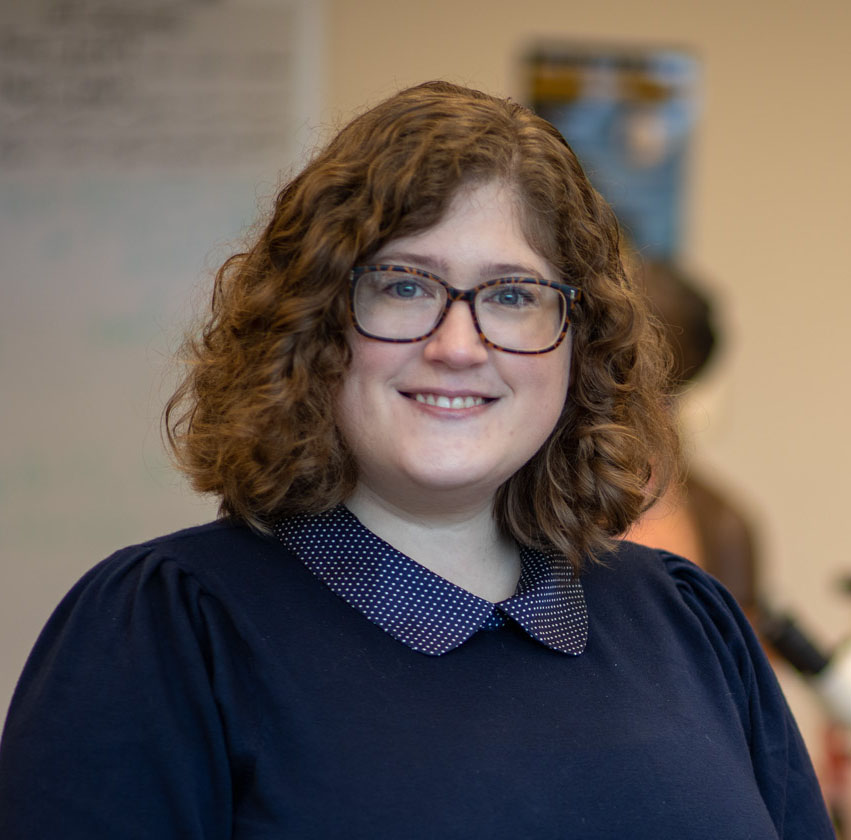Amanda's Story

-
“I wish people were more aware of and understanding of invisible disabilities...I’ve felt very isolated at times because I can’t look around and identify someone with depression or panic disorder to know I’m not alone.”
As part of the Disability Awareness Campaign in the Spring of 2023, KSU students, faculty, and staff responded to a series of questions designed to help them share their experiences of disability and inclusion. This is Amanda's story:
What does inclusion look like to you?
Inclusion looks like meeting everyone’s needs with no stigma, shame, or being made
to feel like a burden.
Inclusion is having facilities and protocols ready for people with disabilities, not
added as an afterthought or simply because it’s legally required.
Inclusion is realizing that mental health conditions are as real as physical ones.
Inclusion is supporting all members of the Kennesaw State community in a way that
allows them to thrive as students, faculty, and staff.
What would you like to share with everyone about a "Day in your life"?
I have good days and I have bad days. I have mental health disorders including anxiety,
panic disorder, depression, and ADHD, and each day is a little different for me. I
utilize a combination of coping skills, prescription medications, and talk therapy
to manage my disorders from day to day.
On the bad days, I have racing thoughts and stay busy so I can fight off a panic attack
until I can finish teaching my classes. On the good days, I get a glimpse of what
it’s like to live without these disorders. I can focus and think clearly. I can finish
tasks without being too distracted or anxious to complete them.
How I cope with my disability as a faculty member looks a lot like how I coped as
a student. When I am having a good day, I try to maximize what I get done and not
take that time for granted. Sometimes that means I send emails at weird hours (If
you are one of my students, you know what I mean!) or that I’m in my office late because
I can focus at that time. I’ve curated a calming space in my office where clutter
is hidden away so I can focus. I try to put things on my calendar as soon as I schedule
them because I know I will forget. I make lists of tasks for motivation and so I won’t
be as anxious about completing them.
What do you wish people knew about disability?
I wish people were more aware of and understanding of invisible disabilities. Most
days my disability is invisible to others, but that doesn’t make it any less real.
I’ve been told that my mental health conditions weren’t real, that I could just “think
differently” and that I would feel better. Over the years I’ve had family members,
acquaintances, coworkers, and even some health professionals doubt my mental health
conditions. I’ve felt very isolated at times because I can’t look around and identify
someone with depression or panic disorder to know I’m not alone. I want to be that
example for my coworkers and for my students.
I want anyone reading this and thinking “Wow, that sounds like me.” to realize you
are not alone.











